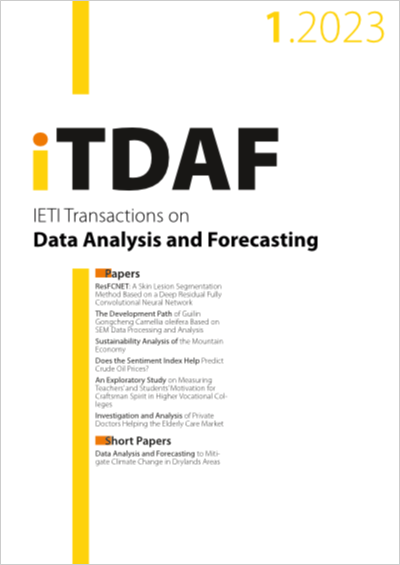Sustainability Analysis of the Mountain Economy
DOI:
https://doi.org/10.3991/itdaf.v1i1.32965Keywords:
mountain economy, economic development, sustainabilityAbstract
The paper presents a vision for the future of Horizon 2050 and the sustainable effect of the mountain economy starting from the conceptual definition of montanology that “integrates knowledge (disciplines) in the following fields: agriculture, animal husbandry, human ecology, geo-ecology and pedology, biology, demography and ethnography, human and animal psychology, architecture, construction and building materials, elements of forestry and geology, beekeeping, fish farming, economics, organization and functioning of the mountain private household, as well as other specific systems, mountain systematization, mountain design, specific ergonomics, small industry and crafts, tourism and agrotourism, health education, nature material resources (minerals, plants and animals) and energy resources (unconventional), legislation and legal relations, other useful knowledge with mountain specifics, human resources - tradition and culture ”(R. Rey, 1985). Moreover, we intend to highlight in the paper the challenges and priorities at national and European level in the mountain economy.
The results of the paper highlight the complete solution for a sustainable mountain rural development, through which farmers will be able to get fair prices for raw materials "mountain products", which would meet the real needs of mountain farmers, small and medium par excellence, to increase family income, based on renewable resources and increasing farm capitalization and investment capacity, all of which are based on strategic guidelines with practical applicability following the professional experiences of the authors of the paper.
Key words: mountain economy, economic development, sustainability.
JEL Classification: O18, O44, Q56.
Downloads
Published
How to Cite
Issue
Section
License
Copyright (c) 2023 Otilia Manta

This work is licensed under a Creative Commons Attribution 4.0 International License.


